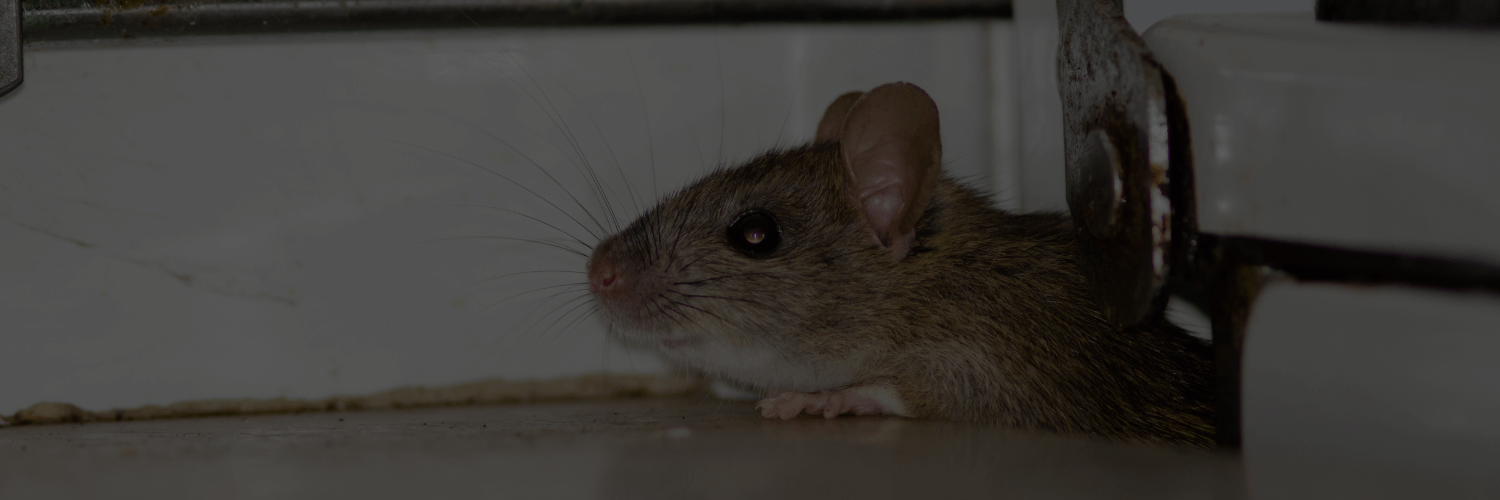
Protect your premises from unwanted invaders with our rodent control services
Rodent Control Singapore
WHEN YOU SMELL A RAT...
Rodents are particularly challenging pests as they can transmit serious diseases, reproduce rapidly, and have strong protective instincts. While there are many types of rodents, the most common rats found in Singapore are the Norway Rat, Roof Rat, House Mouse and Asian House Shrew, found in sewers, within homes and buildings and outdoors respectively. Rodents are mammals and, like humans, have front teeth for gnawing and cheek teeth adapted for chewing. Their teeth never stop growing, and to constantly wear them down, rodents resort to chewing on anything available, causing great damage in and around homes. Their biology and habits making them a challenge to control.
A pair of male and female rats have the potential to become an infestation of thousands of rats in just one year. If you notice any signs of rats in your home or business, it's important to contact a professional rodent control company promptly to prevent further spread. At ORIGIN Exterminators, we have 40+ years of experience in effectively eliminating rat issues and ensuring comprehensive control and protection. By integrating rodent monitoring with proven control methods, we provide a comprehensive approach to combatting rodent infestations.
Signs of Rat Infestation
In Singapore, we face rat infestation at the workplace and at home. Here are a few signs of rat activities that indicate you could have a problem with rats.
- Rat Droppings: Rat droppings are dark brown and oval-shaped, similar to a grain of rice.
- Rub Marks: Rats leave grease marks on surfaces due to their oily fur.
- Gnaw Marks: Rats nibble on a variety of materials to keep their teeth trimmed, leaving holes and gnawed edges.
- Rat Burrows: Sewer rats are known to dig holes that act as entry and exit points for a complex tunnel of networks for shelter, food storage, and nesting.
- Strange noises: Squeaking, scratching, scurrying, and gnawing noises in the inside walls, ceilings, and false ceilings.
- Live rat sightings: Most obvious sign of a rat infestation is the actual sighting of rats.
Prevention Tips
- Seal Entry Points: Seal the openings and holes around doors, windows, and utility pipes on the outside of your building.
- Properly Store Food: Food should be kept in airtight containers, and any spills or crumbs need to be completely cleaned up.
- Secure Garbage: Regularly dispose of trash and use containers that are securely packed.
- Declutter: Keep storage spaces neat and orderly to minimise possible nesting locations.
- Maintain Cleanliness: Make sure to clean your house frequently, focusing on the kitchen and dining rooms.
- External Areas : Keep the external areas clean, get rid of rubbish, and cut overgrown plants.
By following these prevention tips, you can minimize the risk of a rat infestation. For comprehensive rodent control singapore, consider ORIGIN Rodent Insure Programme with RATSENSE®
Rodent Control Methods in Singapore by ORIGIN
Effective rodent control in Sinagpore is crucial for both commercial and residential properties. We employ safe, non-toxic, and environmentally friendly methods to eliminate and prevent rodent infestations in homes.
Glue Boards
We use sticky, scented boards that attract and trap rodents, placing them strategically around areas of activity. Our best practices ensure that once caught, rodents are humanely disposed of. We protect non-target animals from landing on the glue boards by placing them in protective housing. This design encourages rodent entry while preventing other animals from stepping on the boards.
T-REX Snap Trap
The T-Rex Snap Trap is a highly effective trap that uses a powerful snapping mechanism to kill rodents on contact. A bait is placed on the trigger plate, and when the rodent enters and tries to reach it, the spring-loaded bar snaps down on the rodent, ensuring a quick and humane kill.
Baiting
Our baiting method involves using secure bait stations that are designed to allow only rodents to enter. Inside these stations, we place a specialised toxic bait that is highly attractive to rodents. The bait stations keep the bait secure, preventing access by non-target animals and children. This method offers a controlled and effective solution for rodent infestations.
.png?width=713&height=550&name=ratsense%20(1).png)
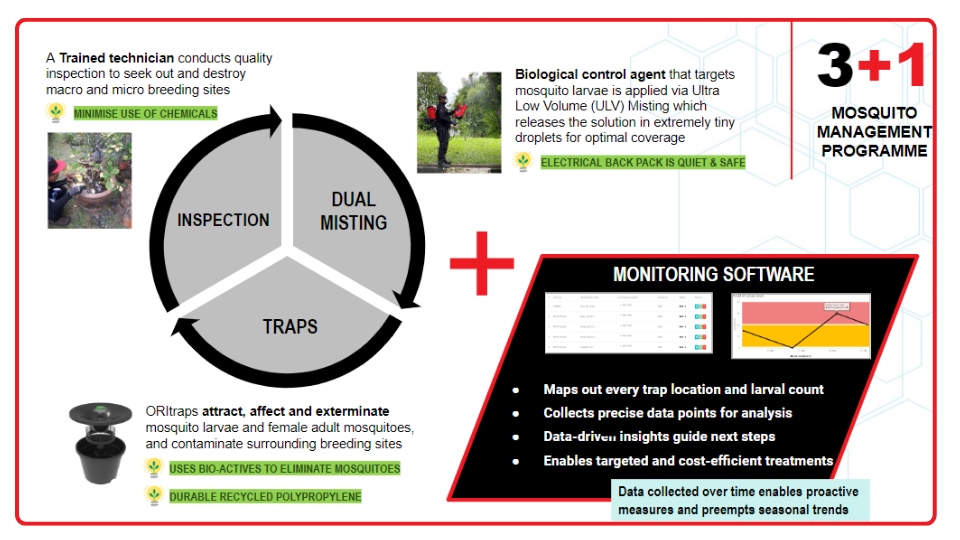
Stop Rat Infestations With RATSENSE®
RATSENSE® Surveillance System monitors rodent activity as well as provides real-time continuous rodent activity information. Using this data to generate reports, ORIGIN can provide you with actionable information to help execute successful rodent control.
RATSENSE® utilises IOT for effective rodent risk management. At ORIGIN, we continually improve our rodent control techniques with cutting-edge technology.
MONITORS RODENT ACTIVITY
The system works 24/7, tracking rodent movement.
LOW-COST SOLUTION
Self-controlled and self-sustaining, with long-lasting batteries requiring no maintenance.
REAL-TIME DATA ANALYTICS
Quick email alerts and detailed reports are accessible through our platform.
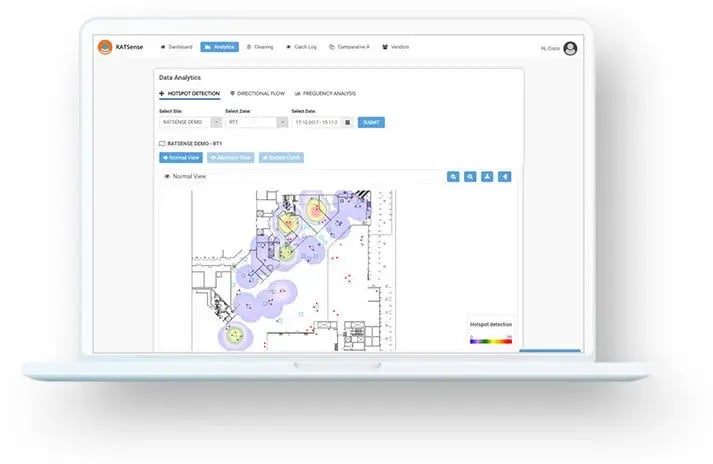

Why Choose ORIGIN as your Rodent Exterminator in Singapore?
With over 40 years of experience in Singapore, ORIGIN specialises in eradicating rat infestation. We are committed to using non-hazardous, data-driven, and environmentally friendly methods to eliminate and prevent problems.
Unlike conventional rodent management techniques that rely heavily on manpower with scheduled daily or weekly inspections and trapping, we utilise the RATSENSE® solution.
This innovative approach offers real-time monitoring and precise detection of rodent activity, ensuring unparalleled accuracy in rodent control.
Trust us to protect your property with our Rodent Insure Programme, a comprehensive rodent extermination service.
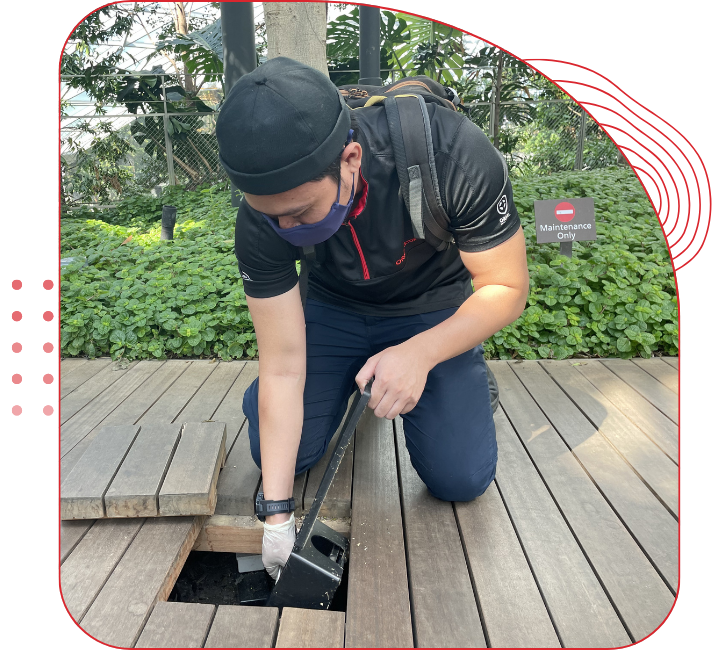

ORIGIN on Talking Point
Talking Point Rats (Part 1): Rat Infestations In Singapore: Where Are They Hiding?
Daphne Ling, Technical Executive at ORIGIN Exterminators, was featured in this episode answering pertinent questions about why rats are so difficult to eradicate.
BIOLOGY
brown in colour
40cm to 45cm in length
200g - 500g
BIOLOGY
reproductive: 2 months on
gestation period: 21-23 days
6-12 young each litter
9 litters a year
nurse for 3 weeks
lifespan: 2 years
BEHAVIOUR
Norway Rats tend to hoard food and store them in burrows to eat later.
BREEDING
Norway Rat can get pregnant again soon after given birth which means they can produce multiple litters in a year.
FEEDING
They eat almost anything, grains, fruits, vegetables, meat and insects. Norway rats scavenge in rubbish bins and other sources of waste.
IDENTIFY
The Norway Rat have relatively small ears and small, beady eyes. Its tail is hairless, scaly and shorter than its body length.
SIZE
They are significantly larger than other rodents like the House Mouse or Roof Rat.
-2.png)
INSPECTION
Our Technicians are trained to meticulously looking for Norway Rats. They also evaluate structural conditions, cleanliness standards, and the surrounding environment.

MONITORING DEVICES*
Set up along potential pathways, these devices pick up motion to identify rat movement. The data collected is used to improve the programme strategy to achieve higher success rates, ensuring effective rodent control in Singapore.
.png)
GLUE BOARDS
Placed where rats typically travel, glue boards trap rats when they go past it. Our technicians add baits that colour the rodents droppings so that we can monitor their activity.
.png)
SNAP TRAPS
A bait is placed on the trigger plate so that when the rodent enters and tries to reach it, the spring-loaded bar snaps down on the rodent.
.png)
DATA COLLECTION
We monitor rat activity. Based on data analysis, we adjust the treatment to effectively manage rat infestation, achieving optimal results.
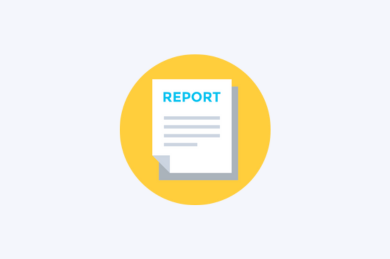
SERVICE REPORT
After the service is done, a digital report will be emailed to you. This report contains photos of the problematic spots and the treatment done, along with suggestions specific to your site.
BIOLOGY
dark brown or black in colour
30cm to 45cm in length
300g - 500g
BIOLOGY
reproductive: 3 months on
gestation period: 21-25 days
6-8 young each litter
9 litters a year
nurse for 3 weeks
lifespan: 2 years
BEHAVIOUR
Roof Rats are agile climbers and can scale trees, walls and other structures in search of food and shelter.
BREEDING
Roof rats need water to survive and so often seek out water sources like leaking pipes, drains and puddles.
BREEDING
They build nests out of shredded materials like paper and fabric. Roof Rats nest in warm and secluded locations like walls, attics and other areas that are protected from predators and the elements.
FEEDING
Roof Rats feed on a wide variety of food including grains, fruits, nuts, seeds and insects.
IDENTIFY
Roof Rats have powerful teeth that they use to gnaw on wood, plastic and other materials typically on furniture, electrical wiring and other items.
IDENTIFY
They also have oily fur that leave greasy marks on surfaces where they travel along walls and beams.
-2.png)
INSPECTION
Our Technicians are trained to meticulously looking for Roof Rats. They also evaluate structural conditions, cleanliness standards, and the surrounding environment.

MONITORING DEVICES*
Set up along potential pathways, these devices pick up motion to identify rodents movement. The data collected is used to improve the program strategy to achieve higher success rates.
.png)
GLUE BOARDS
Placed where rats typically travel, glue boards trap rats when they go past it. Our technicians add baits that colour the rodents droppings so that we can monitor their activity.
.png)
SNAP TRAPS
A bait is placed on the trigger plate so that when the rodent enters and tries to reach it, the spring-loaded bar snaps down on the rodent.
.png)
DATA COLLECTION*
We track rat activity. Based on data analysis, we adjust the treatment to effectively manage rat infestation, achieving optimal results.

SERVICE REPORT
After the service is done, a digital report will be emailed to you. This report contains photos of the problematic spots and the treatment done, along with suggestions specific to your site.
BIOLOGY
greyish or reddish brown in colour
7cm to 10cm in length
BIOLOGY
reproductive: 3 months on
gestation period: 21-25 days
4-6 young each litter
9 litters a year
nurse for 3 weeks
lifespan: 2 years
BEHAVIOUR
Garden shrews typically venture out of the nest and explore their surroundings.
BREEDING
Peak breeding season is typically from March to September in Singapore.
Garden shrews feed on insects such as beetles, spiders, grasshoppers and crickets. They also feed on snails, slugs, centipedes and millipedes.
IDENTIFY
The Garden Shrew’s tail is roughly the same length as their body. They also have a pointed snout and small, beady eyes.
DIET
They have high metabolism and require a high intake of food to maintain their energy levels.
-2.png)
INSPECTION
Our Technicians are trained to meticulously look for rodents. They also evaluate structural conditions, housekeeping practices and the surrounding environment.

MONITORING DEVICES*
Set up along potential pathways, these devices pick up motion to identify rodents movement. The data collected is used to improve the program strategy to achieve higher success rates.
.png)
GLUE BOARDS
Placed where rodents typically travel, glue boards trap rodents when they go past it. Our technicians add baits that colour the rodents droppings so that we can monitor their activity.
.png)
SNAP TRAPS
A bait is placed on the trigger plate by a rodent exterminator so that when the rodent enters and tries to reach it, the spring-loaded bar snaps down on the rodent.
.png)
DATA COLLECTION
We monitor the rodent activity. Based on data analysis, we adjust the treatment to achieve optimal rodent control results.

SERVICE REPORT
After the service is done, a digital report will be emailed to you. This report contains photos of the problematic spots and the treatment done, along with suggestions specific to your site.
BIOLOGY
brown or grey in colour
6cm to 10cm in length (including tail)
BIOLOGY
reproductive: 6 weeks on
gestation period: 19-21 days
5-6 young each litter
10 litters a year
nurse for 3 weeks
lifespan: 1-2 years
BEHAVIOUR
House mice are excellent climbers and can scale walls and other vertical surfaces with ease
BREEDING
House Mice can breed all year round and produce litters every 20-30 days.
BREEDING
They are social animals that live in large groups where there are multiple breeding pairs within.
FEEDING
House Mice feed on a variety of food including grains, seeds, fruits, insects and small animals.
TRAIT
They have sharp incisor teeth that continuously grow throughout their life that they need to keep from becoming too long. That’s why they will often chew on anything they can find including materials like electrical wiring, insulation and furniture.
IDENTIFY
Droppings are small, dark and cylindrical in shape with pointed ends.
-2.png)
INSPECTION
Our Technicians are trained to meticulously seek out for the House Mouse. They also take into consideration structural issues, housekeeping practices as well as surrounding environments.

MONITORING DEVICES*
Set up along potential pathways, these devices pick up motion to identify rodents movement. The data collected is used to improve the program strategy to achieve higher success rates.
.png)
GLUE BOARDS
Placed where rodents typically travel, glue boards trap rodents when they go past it. Our technicians add baits that colour the rodents droppings so that we can monitor their activity.
.png)
SNAP TRAPS
A bait is placed on the trigger plate by a rodent exterminator so that when the rodent enters and tries to reach it, the spring-loaded bar snaps down on the rodent.
.png)
DATA COLLECTION
We monitor rodent activity. Based on data analysis, we adjust the treatment to achieve optimal rat control results.

SERVICE REPORT
After the service is done, a digital report will be emailed to you. This report contains photos of the problematic spots and the treatment done, along with suggestions specific to your site.
Frequently Asked Questions
Common signs of a rat infestation include:
- Scratching or scurrying noises, especially at night
- Droppings around food areas, cabinets, or baseboards
- Chewed wires, packaging, or furniture
- A musky or foul odour in enclosed spaces
If you notice any of these, it is time to call a professional rodent exterminator.
Rats and mice pose serious health risks. They can carry diseases like leptospirosis and salmonella and their droppings contaminate food. In urban environments like Singapore, effective Rodent Control is crucial to protect both homes and businesses from damage and disease.
At ORIGIN Exterminators, our Smart Rodent Control Singapore services include:
- On-site inspection and risk assessment
- Sealing entry points to prevent re-entry
- Use of traps, bait stations and non-toxic methods
- Ongoing monitoring and maintenance
Our solutions are tailored to your space and safety for families and pets.
Yes. Our treatments are designed to be effective against rodents while being safe for children, pets, and the environment. We avoid indiscriminate poison use and focus on targeted, sustainable Rodent Control methods.
Absolutely. We provide Rodent Control for businesses, including restaurants, offices, warehouses and retail spaces. Our discreet and professional services help businesses stay compliant with health regulations and maintain a clean environment.
With over 35 years of experience, ORIGIN Exterminators offers a proven track record in Rodent Control Singapore. Our eco-friendly, science-backed methods focus on long-term prevention, not just quick fixes. We combine expertise, integrity and personalized service to help you stay rodent-free.
DIY traps might catch a few rats, but they rarely solve the rat problem. Rats breed quickly and hide in hard-to-reach places. A professional rodent exterminator is trained to locate nests, entry points and implement long-term rodent control strategies.
We understand that a rat infestation can be urgent. Our team at ORIGIN offers prompt scheduling and fast response times for rodent problems across Singapore. Just contact us and we will arrange an inspection as soon as possible.
GET IN TOUCH
General enquiries and contract-related matters
SALES@ORIGIN.COM.SG
Questions about your pest management program
QA@ORIGIN.COM.SG
Concerns with service standards and appointments
OPERATIONS@ORIGIN.COM.SG
Blog
ORIGIN Pest Control Blog: Expert Insights & Tips.
Discover expert insights and helpful tips on pest control from ORIGIN's trusted professionals.
A Rat Infestation Can Disrupt Your Business! Eliminate Them
More than being an annoyance, rat infestation has far-reaching and severe threats to businesses. A recent report from CNA, shows the growth of these...
Managing Rat Infestation with Professional Pest Control
Hearing scurrying sounds in your house is not pleasant, especially if you suspect it might be caused by rats. Not only are they a nuisance, but they...
Why Rat Infestation Are Surging In Singapore ?
Singapore, known for its cleanliness, has been facing a rat infestation problem. While not unique to Singapore, it has reached alarming levels and...
How to Identify & Prevent Rat Infestation: An Ultimate Guide
The sight of a rat scurrying across your floor or the sound of gnawing mice keeping you awake at night can be enough to send anyone into a tailspin....
How To Avoid Rat Infestation In Your Office?
Ensuring a safe environment for employees not only improves the reputation of the organisation but also helps them in the long run by creating ideal...
4 Signs Of Rat Infestation At Your Workplace | Singapore
In places like Singapore, rat infestation has been quite a persistent issue over the recent years. Rodents are not only unhygienic, but are also...
Tackling Rat Infestation in Singapore
Rowdy Rodent Rumpus: Are We Approaching Singapore's Rat Infestation Right? (YES) Here’s a picture for you.
How Does a Rat Infestation Put Your Health at Risk?
For the longest time, people have been discussing rat infestations being harmful to their residential and commercial property. There are discussions...
WHAT CAN WE DO FOR YOU?
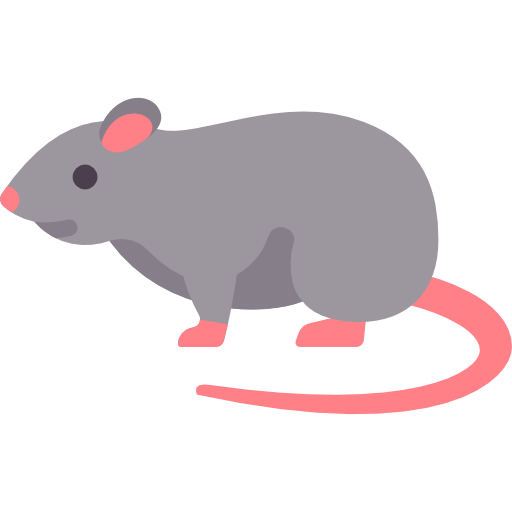
Effective solutions to eradicate disease-carrying rodents and prevent reinfestation.
.png?width=512&height=512&name=pasted%20image%200%20(13).png)
Advanced mosquito control services like 3+1 and others targeting dengue vectors and breeding sites
.png?width=512&height=512&name=Untitled%20(3).png)

.png?width=512&height=512&name=pasted%20image%200%20(11).png)
.png?width=512&height=512&name=Untitled%20(4).png)
.png?width=512&height=512&name=Untitled%20(5).png)

.png?width=512&height=512&name=pasted%20image%200%20(12).png)
